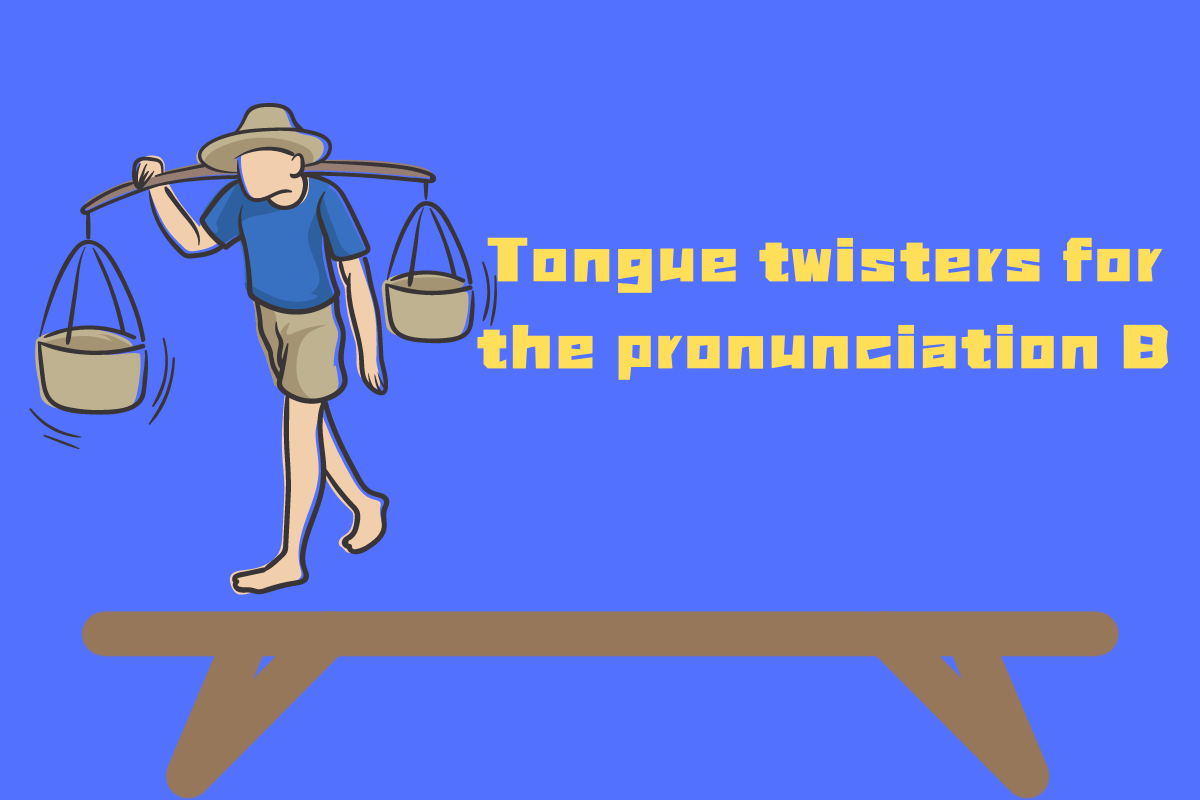Tongue twisters for the pronunciation B
Learning Chinese tongue twisters is a very effective way to practice Chinese pronunciation. Have you ever heard the following tongue twister? Come and give it a try, see if you can master it!

The pole is long, the bench is wide;
扁担长,板凳宽;
Biǎndān cháng, bǎndèng kuān;
The pole wants to be tied to the bench, but the bench won't allow the pole to be tied to the bench;
扁担要绑在板凳上,板凳不让扁担绑在板凳上,
Biǎndān yào bǎng zài bǎndèng shàng, bǎndèng bù ràng biǎndān bǎng zài bǎndèng shàng,
The pole insists on being tied to the bench, but the bench stubbornly refuses to allow the pole to be tied to the bench;
扁担偏要绑在板凳上,板凳偏偏不让扁担绑在板凳,
Biǎndān piān yào bǎng zài bǎndèng shàng, bǎndèng piān piān bù ràng biǎndān bǎng zài bǎndèng,
In the end, is the pole wide or the bench long?
到底是扁担宽还是板凳长。
Dàodǐ shì biǎndān kuān háishì bǎndèng cháng.
The pronunciation techniques for this tongue twister are as follows:
扁担 (biǎndān): When pronouncing, gently close the lips first, then suddenlyCh open them to release airflow, ensuring clear pronunciation.
板凳 (bǎndèng): Similarly, pay attention to closing the lips first and then suddenly opening them to produce a clear explosive sound.
长 (cháng) and 宽 (kuān): When pronouncing, adjust the tongue position so that the tip of the tongue lightly touches the lower teeth ridge while maintaining lip shape.
绑 (bǎng) and 偏 (piān): Pay attention to suddenly opening the lips to release airflow when pronouncing, creating a clear explosive sound.